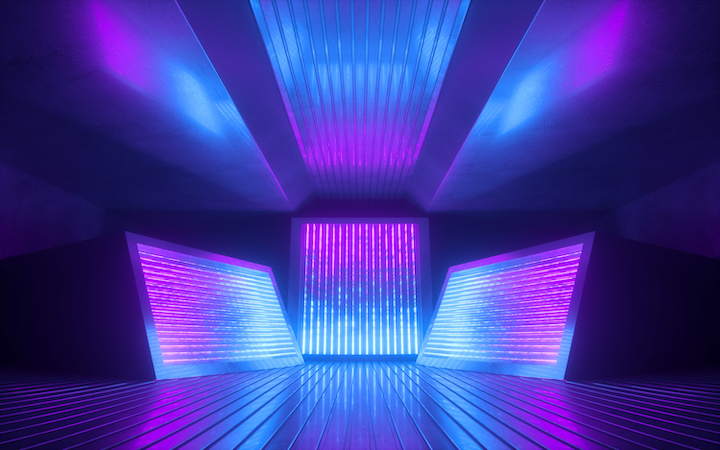UV-C disinfection can be a valuable ally in protecting your health from viruses and bacteria in the air and on the surfaces around you.
This practice is an effective solution for reducing the risk of coming into contact with potentially harmful pathogens. However, the construction of UV-C devices requires special precautions and requirements so that the radiation emitted by the light source avoids direct human contact, thus preventing serious personal injury. The effectiveness of the UVC radiation is based on the emission of light at very precise wavelengths capable of altering the DNA and RNA of pathogens. By the same principle, UVC devices can also be harmful to human cells. Direct exposure to UVC radiation can cause skin irritation, corneal damage and, at more severe levels, cell mutations. This is precisely why it is necessary to ensure that the device is used in accordance with the manufacturer's operating instructions for proper and safe operation.
In this article we shed light on the importance of selecting an appropriate UVC disinfection system.
Do you want to stay up-to-date with the latest news in the industry? Click below and subscribe to our newsletter!

UVC disinfection: effectiveness and safety of devices
As mentioned above, direct exposure to UVC light can be dangerous and seriously harmful to your health. However, when used in the correct way, according to the UVC device manufacturer, it presents minimal risk and major advantages in application. In the context of UVC lights, a distinction must be made between the different types of ultraviolet germicidal lamps and devices, which have different specifications:
- Mercury lamps: Radiate broadband UVC light, generating a wavelength of approximately 254 nm and producing a light ranging from white to blue/blue. Their limitation lies in the large size of the source, which does not provide a broad versatility of the solution.
- UV-C LED sources: generate light through the use of semiconductor components. Depending on the semiconductor material, the emission wavelength and the effectiveness of the germicidal action can be altered. Their advantage lies in their small size and greater flexibility in terms of source design. LED UV-C systems are also relatively fast in the disinfection process, leave no chemical residue and do not expose humans to harmful substances, depending on the sterilisation cycle. They can therefore be considered a reliable technology as long as there is solid know-how for safe use.
UV-C radiation is invisible to the human eye, so certifying the actual safety of the sanitising device can be difficult. Because of this, it is advisable to rely on manufacturers who certify the degree of hazard in the final application.
In this respect, at SLIM, we carry out feasibility studies before proceeding with the realisation of UVC disinfection devices precisely to assess the release of harmful radiation to the eyes and skin of end users. This is a necessary step to ascertain the safety of the proposed device.
In conclusion, proper protection is an important aspect to consider in the design process. UVC LED devices can be incorporated into air disinfection and water sterilisation units and, depending on the specific requirement, safety mechanisms such as monitoring sensors and mechanism activation can be provided.
SLIM Srl's range of services in the field of sanitisation is exclusively distinguished by light solutions and projects customised to the individual customer's needs.
Are you interested in studying the topic for the development of a possible application with LED UV-C solution? Click on the button below: our technical staff is at your disposal to evaluate your specific requirement together.

